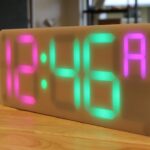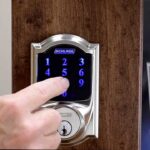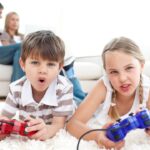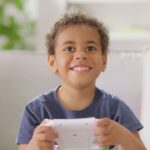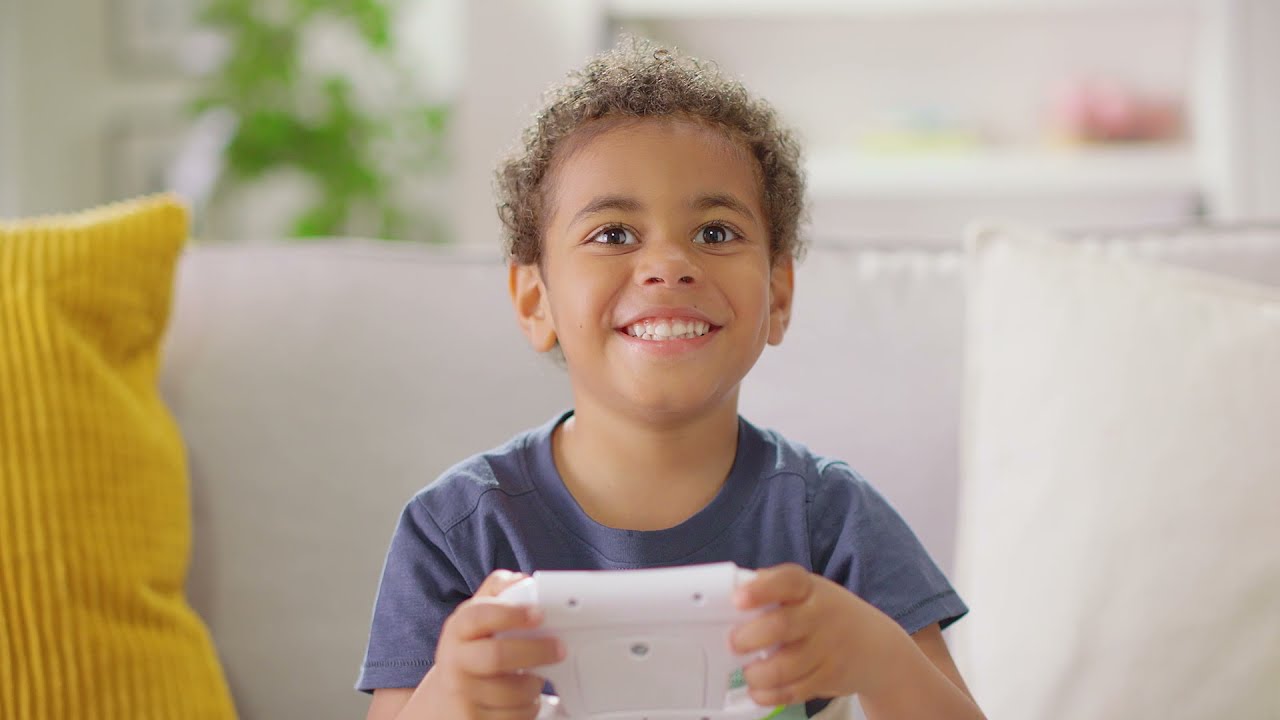
This article explores the prevalence of EDU use before bed and its impact on sleep-wake cycles. It also considers the effect of blue light and multitasking on sleep. Despite the positive effects of EDU use, these devices can interfere with sleep and disrupt a person’s ability to think and relax.
Prevalence of EDU before bed
Studies show that the use of electronic devices (EDs) before bedtime has a negative effect on sleep quality. As a result, it has become a major health issue. In the current study, the authors examined the association between ED use and sleep quality in university students. They recruited 369 students from three departments, and each completed a questionnaire to assess their sleep habits. Participants also answered questions about their moods and reported their use of EDs in the two hours before bedtime. A majority of students reported using an ED in the two hours before bedtime, and smartphone usage was the highest.
The results revealed that ED use is associated with poor sleep quality and a shorter time in bed. While almost all university students reported using an ED before bed, 58.8% of students spent at least one hour on their EDs before bedtime. In addition, 72.9% of young adults reported using their smartphone or tablet before bed. The most common activities associated with ED use before bedtime were reading, engaging with a computer for work or social communications, and listening to music. Other common activities involved social networking or recreational activities.
The authors used multiple linear regression analysis to investigate the association between ED use and sleep quality among university students. The study focused on whether ED use in the two hours before bedtime is associated with reduced sleep quality. Other factors that can affect sleep quality include caffeine intake, alcohol consumption, and lack of physical activity.
The use of electronic devices before bedtime is associated with poor sleep quality, increased body weight, and lower levels of concentration. Children who use electronic devices before bedtime also showed increased risk of obesity and inattention. Furthermore, parents who use electronic devices before bedtime did not have any influence on their children’s use of these devices. Chronic technological abuse has also been linked to obesity, hypertension, and neurologic delays.
The current study found that students who placed EDs 5 meters from their bed had better sleep quality than students who placed their EDs beneath their pillow. This difference was apparent whether or not the students used their EDs after bedtime or adjusted the screen brightness. Although the exposure to blue light caused poorer sleep quality, it was not the cause of poorer sleep. It is important to raise awareness of this issue in order to improve sleep quality.
The researchers suggest that more research needs to be done on ED usage before bed. This is especially true in developing countries like Vietnam, where 81% of young adults aged 18 to 29 years preferred to use EDs to access social media. The use of EDs is also associated with poor sleep quality in these countries.
A Norwegian study assessed the relationship between nighttime and daytime electronic device use on sleeping habits. Researchers assessed sleep duration, sleep onset latency, and sleep efficiency. In addition, the study also examined social media addiction. Using electronic devices before bed was associated with shortened sleep duration and decreased efficiency. Insomnia was defined as not being able to sleep for seven to eight hours a night.
Effects of blue light on sleep-wake cycles
Blue light has a profound effect on our sleep-wake cycles. It inhibits the production of melatonin, a sleep hormone produced by the pineal gland in the brain. Because melatonin is an important signal for our circadian rhythms, it’s important that we avoid exposure to blue light at night. Even low levels of blue light can significantly affect the length and quality of our sleep.
Blue light is found in sunlight, but it’s found in much greater quantities in electronic devices. Short-wavelength blue light is particularly harmful to our sleep cycles because it demands more energy from the viewer. Even if your screens are set to automatically turn off an hour before bedtime, blue light may interfere with your sleep-wake cycle. Studies have shown that blue light reduces the quality of sleep and causes delayed sleep.
Blue light is known to have several physiologic effects, including boosting alpha waves, which are associated with alertness and wakefulness. In addition to disrupting the circadian rhythm, blue light may also alter the brain’s homeostatic sleep drive, which influences the propensity to sleep.
Studies of the effects of blue light on sleep-wake cycles are limited. Most studies involved only a small number of participants and were conducted for short periods of time. Further, the results were affected by the age of the participants. Younger people are more sensitive to changes in light levels.
Studies have shown that blue light can affect the production of melatonin. As such, it’s essential to limit blue light exposure in the evenings. This will allow the body to produce melatonin and induce restful sleep. Additionally, exposure to artificial blue light can disrupt the body’s REM (rapid eye movement) cycles.
While many people can’t turn off their blue-light sources after dark, it is possible to reduce their exposure. It’s also important to avoid reading or watching TV in bed if possible. Instead, use a non-blue-light lamp. Natural lighting is also beneficial. And some electronic devices have a “night mode” that turns off the blue light.
The effects of blue light on the sleep-wake cycle are far-reaching. Even a 20-minute stroll around the block can help you reap these benefits. Studies have shown that it can affect mood, performance, and circadian rhythms. Blue light also boosts energy levels during the day and inhibits the production of melatonin during the night.
While bright indoor light suppresses melatonin production, dim light increases it. Blue-light-blocking glasses may help night-owls sleep better. Wearing sunglasses with orange lenses, especially during the daytime, will also prevent the blue light from entering the eye. However, these glasses are not suited for indoor use.
Researchers have reported that blue light reduces melatonin levels by about half. However, this effect was not as strong as it was in the case of green light exposure. However, it has been found that blue light increases alertness and increases core body temperature. They also found a strong correlation between blue light and sleepiness.
Effects of multitasking on sleep
In the study published in the journal Computers in Human Behavior, researchers found that adolescents who were involved in media multitasking had more sleep problems than those who did not engage in media multitasking. The findings of this study provide the first empirical evidence that media multitasking can affect sleep.
Although this study focused on adolescents, its findings are applicable to other age groups. For example, children between the ages of eight and fifteen are more likely to multitask than other age groups. Therefore, a more comprehensive study of the effects of media multitasking on sleep is needed. Future research should look at the impact of multitasking on sleep, as well as the environmental context in which it occurs.
Sleep plays a critical role in long-term memory consolidation. Therefore, disrupting sleep may interfere with long-term memory formation. Researchers conducted a population-based study of 7798 adolescents. The group who slept seven to nine hours per day had the highest grade point average, while those who slept only five to seven hours per day had the lowest grade point average.
In addition to causing poor sleep, multitasking affects children’s productivity and brain development. They are unable to focus on one thing for very long, which makes them less capable of understanding and remembering what they are learning. Furthermore, teens who constantly multitask may be more irritable and prone to depression.
The study also found that early start times were associated with poorer sleep. However, studies using a variety of methodological approaches also revealed positive effects of late starts on adolescent sleep. Additionally, the effects of educational factors on sleep are also known. The early start times, a typical school day, and individual differences all play a role in sleep quality.
Although the findings are conflicting, there are positive and negative associations between screen-based media use and sleep quality among 13 to 15-year-olds. Although television watching had the least negative associations with poor sleep, it seems that interactive media may be more detrimental to sleep than passive media.
Despite these findings, adolescents need at least 8 hours of sleep per night. Most only get 6.5 to 7.5 hours, which is less than sufficient for optimal mental and emotional wellbeing. Chronic sleep deprivation will also affect their academic performance. This research highlights the importance of reducing the use of smart phones, computer games, and other stimulants around bedtime.
Recent research has shown that adolescents are less likely to sleep than previous generations. A study of adolescents in 20 countries found that their sleep duration was shorter than that of their parents and grandparents. This finding is in line with other studies that have shown that sleep duration among adolescents is decreasing. In addition, the study also found that adolescents reported more than one contextual barrier to sleep, including too much homework.
According to a meta-analysis of 41 surveys, adolescents generally reported inadequate sleep during the school day, but they reported extended sleep during the weekend. It remains difficult to define what constitutes sufficient sleep for adolescents. However, the empirical evidence suggests that the need for sleep does not decrease from late childhood through the second decade of life. Multiple investigations of sleep duration and behavioural outcomes have established that adolescents need about nine hours of sleep per night.

